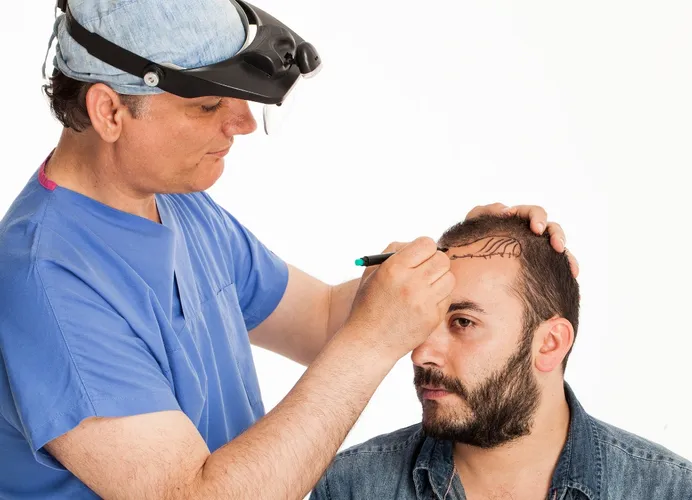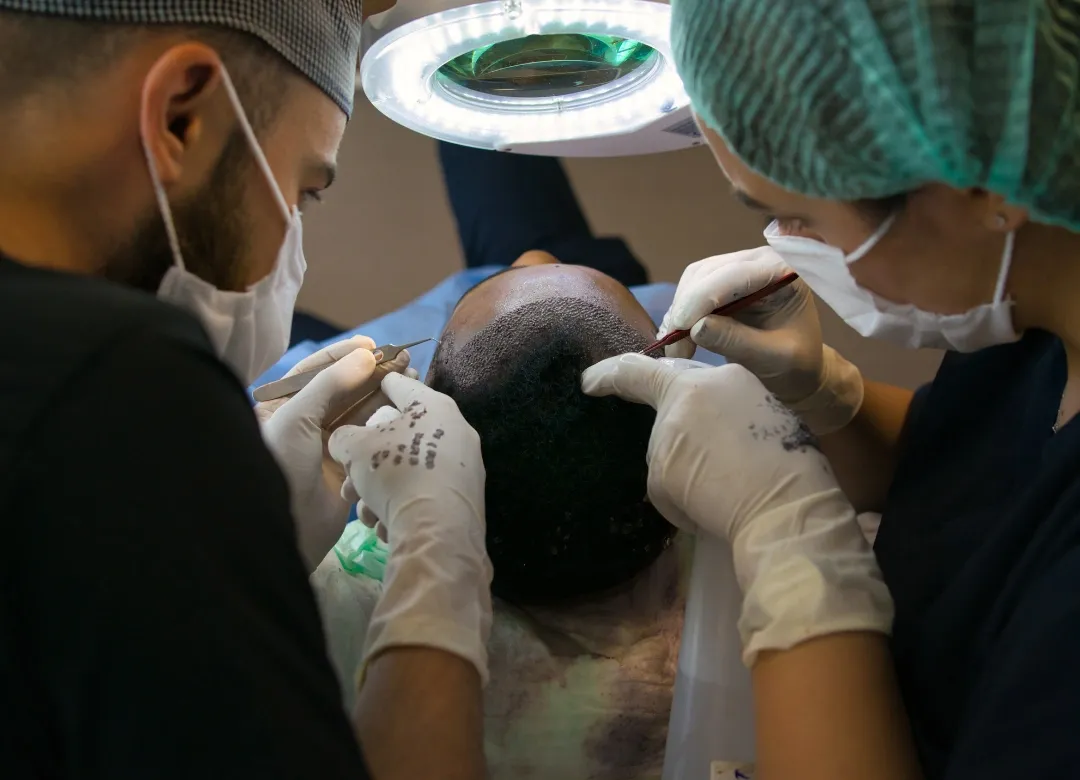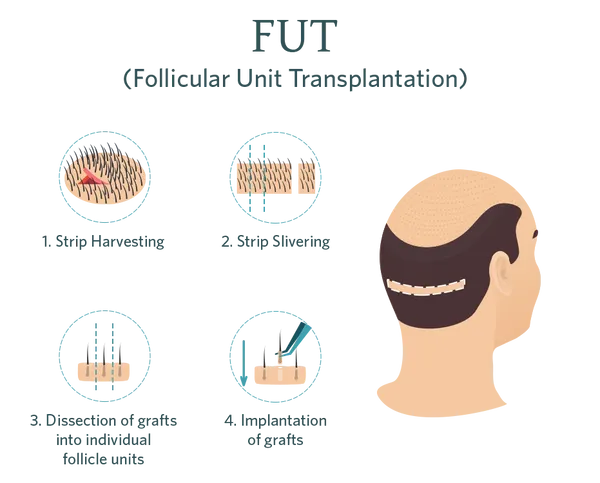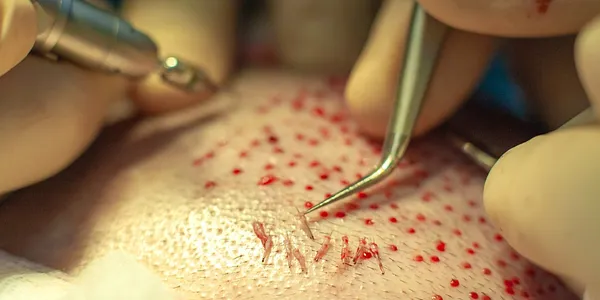What is
a Hair Transplant?
What is a hair transplant?
Hair transplantation is a process of transplanting hair follicles from the donor area to areas of the scalp that are affected by baldness or thinning hair. The procedure is performed by a specialist team under sterile conditions and can take between 6 to 10 hours, depending on the size of the area to be transplanted. It is essential that the correct technique is applied, and the patient and doctor follow the procedure carefully for successful results.Furthermore, hair transplantation can be defined as a surgical procedure that can boost a person’s self-confidence and improve their psychological well-being in social situations. With the right operation technique and planning, it can also fulfill the wishes and dreams of the patient. Although there are different types of hair transplantation, the procedure is painless thanks to the use of local anesthesia.

How is a hair transplant performed?
A hair transplant operation should be performed in a environment under sterile conditions by a fully qualified team. There are many techniques for hair transplantation, and the appropriate technique varies from person to person based on their age, gender, hair type, rate and pattern of hair loss, donor area quality, and level of baldness.
The process of a hair transplant operation typically involves
Shaving: The head may need to be shaved depending on the chosen operation technique.
Anesthesia application: Local anesthesia is applied to make the procedure painless.
Follicle removal: Follicles are extracted from the donor area with the help of a micro-motor.
Collection of follicles: The extracted follicles are collected and kept in a resting solution
Opening channels: Channels are created in the recipient area for implanting the follicles. In DHI technique, the implantation process is done directly without opening channels.
Implanting of roots: The extracted hair follicles are implanted into the recipient area.
Preparation for exit: The patient is prepared for discharge from the clinic.



FUE
Follicular Unit Extraction (FUE) is a hair transplantation technique that involves the extraction of individual hair follicles from the donor area and transplanting them to the recipient area of the scalp. This method is suitable for patients with various types of hair loss, including male and female pattern baldness, scarring alopecia, and hair loss due to trauma or surgery. FUE is a relatively quick and safe procedure that can be performed under local anesthesia in a clinic or doctor’s office.
FUE Sapphire
The FUE Sapphire method is an advanced hair transplantation technique that involves the use of a specialized tool called Sapphire, which is thinner and sharper than traditional punches used in the FUE technique. Sapphire is a material known for its durability and hardness and is sterilized before use.
The blade is designed to make precise incisions in the scalp (bald zones), which minimizes trauma to the skin. Moreover, this method can be used to transplant hair in patients with curly or wavy hair, as the sapphire blade can make curved incisions that follow the natural direction of the hair, resulting in a more natural-looking hairline.

What is a hair transplant?
Things that must be taken care of in hair transplant:
Hair transplantation requires meticulous attention and cooperation between the patient and doctor throughout the entire process. Both pre-operative and post-operative steps are crucial for achieving optimal results.
Pre-Operation
Medical History & Examination: A thorough review and necessary tests are performed.
Consultation: Patients provide pictures of the donor and recipient areas, and the doctor prepares a treatment plan detailing the number of grafts and sessions required.
Hairline Design: The hairline is drawn based on the patient’s age, facial structure, and the golden ratio. Patient preferences are also considered.
Anesthesia: Local anesthesia is applied to ensure comfort during the procedure.
Procedure
Follicle Extraction (FUE Method):
Using a micromotor punch, hair follicles are extracted from the donor area. The motor speed is adjusted according to tissue stiffness, and follicles are stored in a special solution.
Channel Opening (Sapphire Method):
Local anesthesia is applied to the recipient area, and sapphire blades are used to open precise channels. The depth and size of these channels are crucial for optimal follicle placement.
Follicle Implantation:
The extracted follicles are placed into the opened channels, one by one, using forceps. If the DHI method is used, follicles are implanted directly with Choi Pens.
Post-Operation
Final Treatment: PRP (Platelet-Rich Plasma) treatment is applied, followed by a final washing of the scalp to stop bleeding.
Aftercare: The donor area is bandaged and wrapped with antibiotic cream to prevent infection. Follow-up care includes proper washing and monitoring of the healing process.
Hair transplantation is a shared responsibility between the doctor and patient, requiring mutual care to achieve the best possible outcome.


